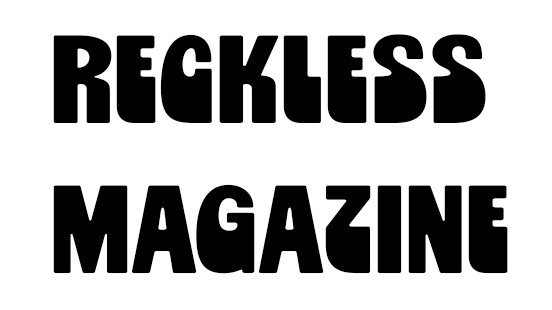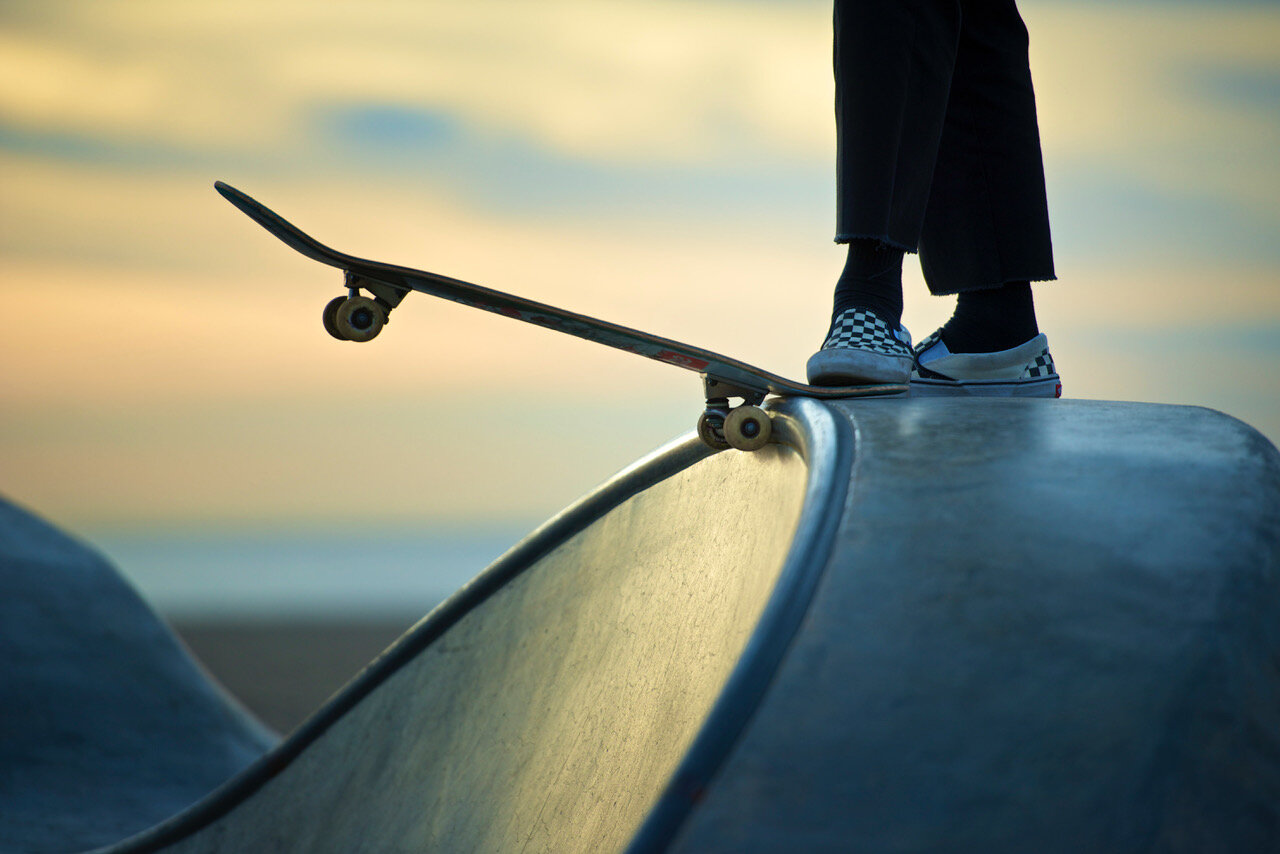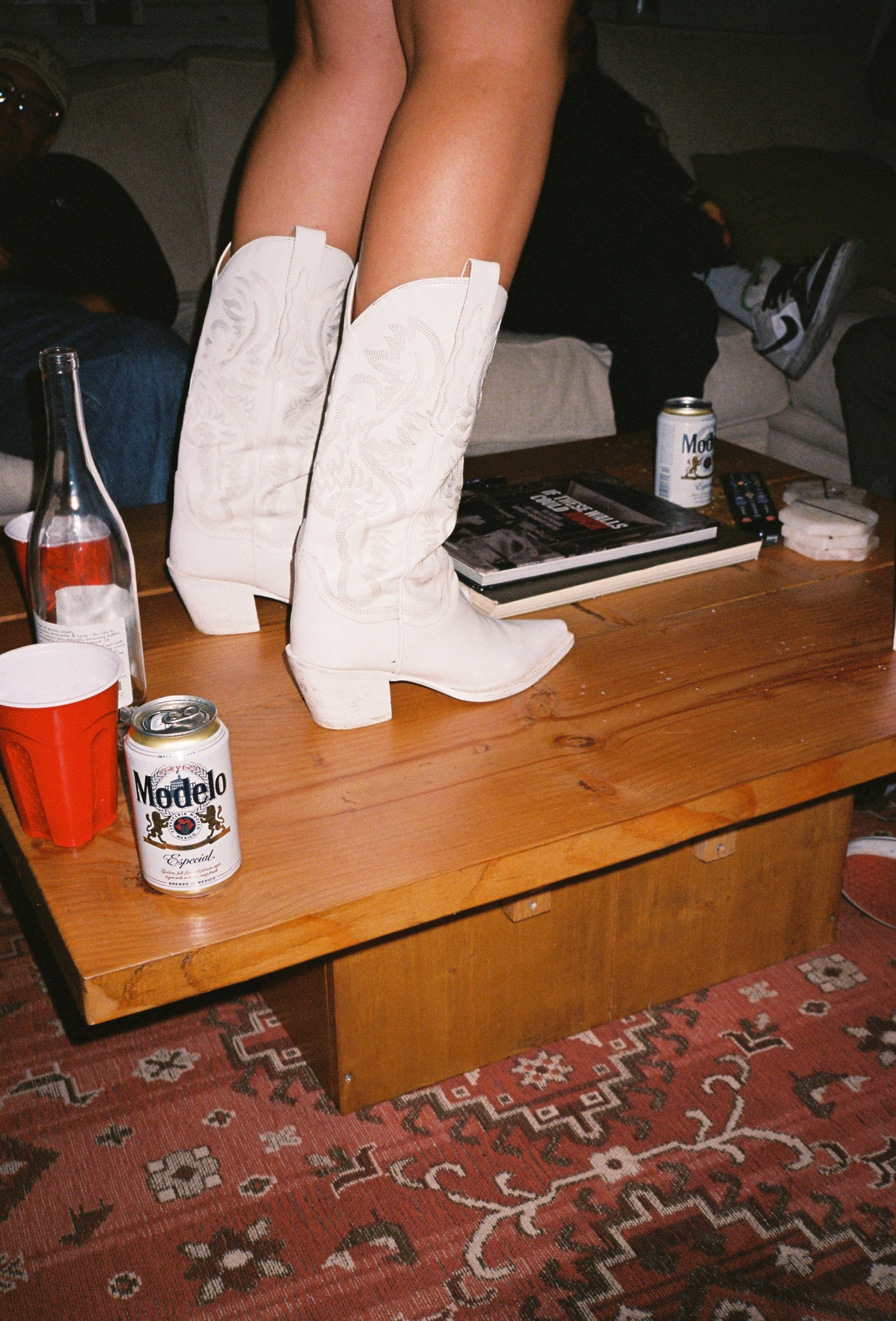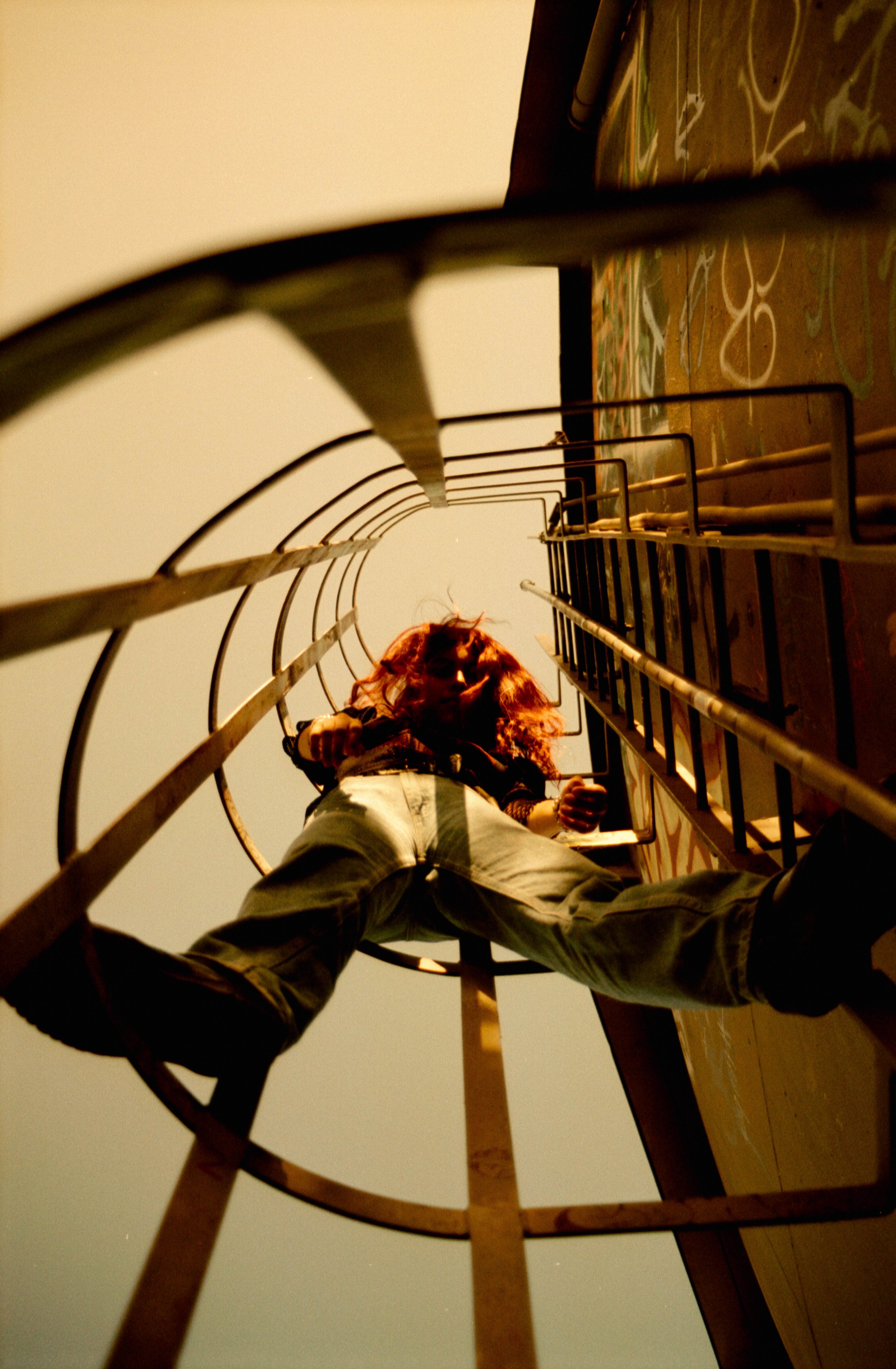Two Hearts
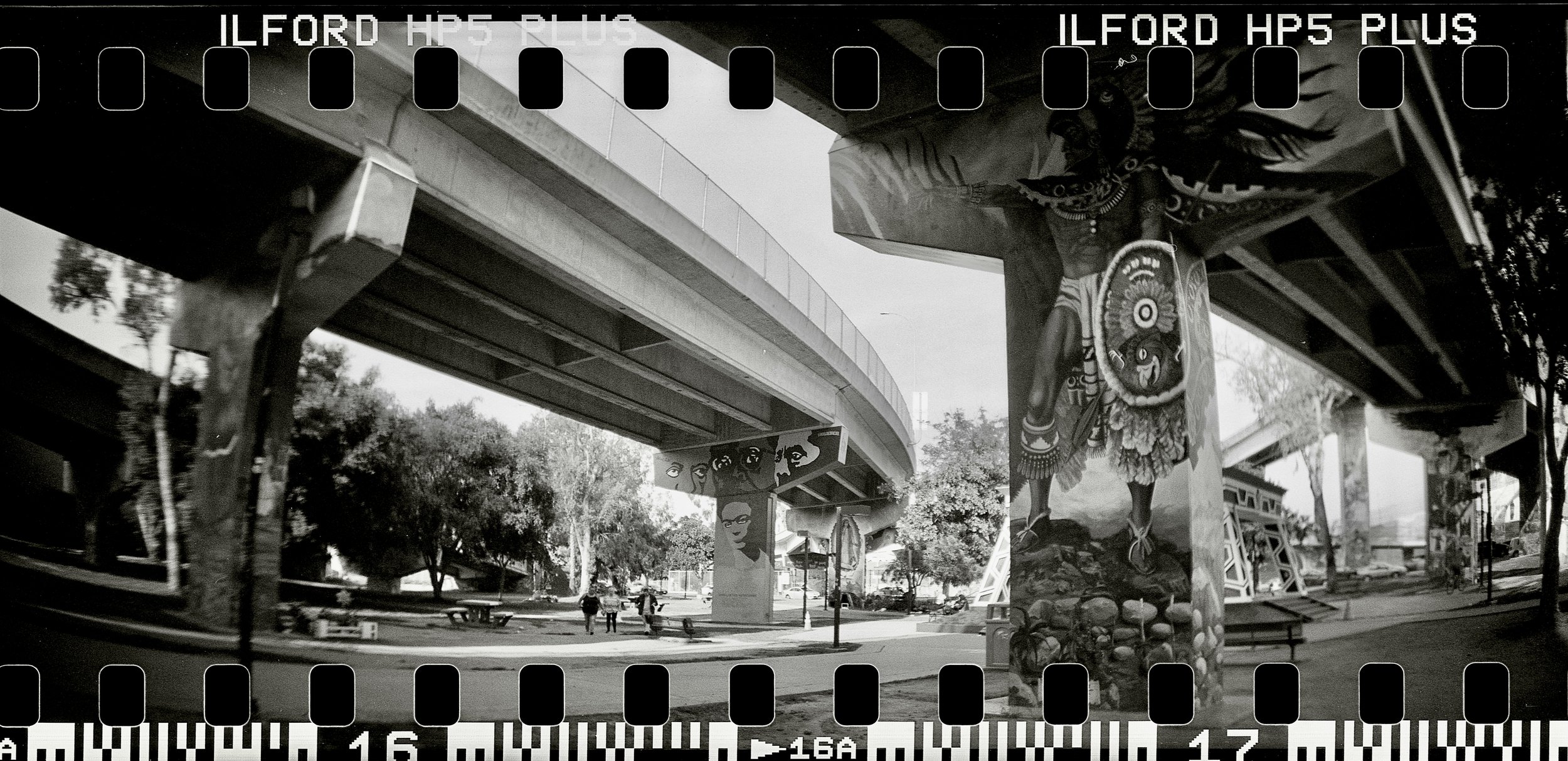
Embracing the Risk
Photography by Oscar Cruz
Photographer Oscar Cruz opens up about the importance of preserving Chicano culture through documentation, hosting photography workshops, and staying true to your own vision.
San Diego, USA
How did you begin your journey as a photographer?
I can’t even remember exactly when I started taking photos—it was that early in my childhood. I just know that every time I saw my dad’s camera lying around, I’d grab it, setting up shots however I could, even though I knew he’d probably be mad when he got those prints back. I didn’t hide that I loved using the camera, but a lot of people didn’t even know that about me. I didn’t have my own, so years went by with me just borrowing his.
Then one day, my friend—who’s all into tech and stuff—knew I wanted my own camera, so I asked him but everything he recommended was digital and way too expensive. Later, he told me about this old film camera for sale, and it was in decent shape. So, I finally bought my first camera, and that was it—I was hooked.
What have you learned along the way?
I’ve learned everything I can to try and keep this hobby fun & affordable as possible because let’s face it- shooting film is expensive now. I had to learn how to process my own film from beginning to end and anything to cut out the middle man. I started developing my stuff, doing everything myself, learning how to maintenance my camera as best I can down to scanning my own film. It's become therapeutic the whole process and It's been a rewarding experience learning how to use different chemistry and having the knowledge to share this process with others. Even though I've learned the hard way and made mistakes, I'm pretty stoked where I ended up and that I can share this skill with other for free a lot of the time. I’ve learned of to process c-41, slide and black and white film I’ve even tried printing and cyanotype too it’s all fun.
How would you describe your style? What makes your perspective unique?
My style is raw, real, and heavily influenced by where I come from—Barrio Logan. I grew up seeing everything from police chases to gang stuff, shootings, stabbings you name it to everyday neighborhood life. I’m drawn to capturing the intensity and color of that world, things that don’t need fancy setups because they’re already striking on their own. People recognize my work by that “WTF” or “wow” feeling especially in areas they recognize here in SD.. I focus on moments that feel mysterious or sometimes uncomfortable but also really beautiful ones you can’t have one without the other. Honesty is what makes my perspective stand out. I also learned that photography today often feels like it’s all about social media and who you know, but for me, it’s always been about capturing the realness around me or just trying to make someone look as interesting as possible. I realized that if you’re true to your own vision, it resonates with people, even if they’re not serious about photography.
What were some challenges you came across as a photographer, and how did you overcome them?
One of my biggest challenges was learning all about analog photography on my own. I didn't have people around me who were into film at the time like I do now, so that meant I had to figure it out as I went. My dad did shoot film, but was mostly taking family photos with a camera that had all automatic settings, he was also not developing his own film. When I started developing I had to learn from trial and error. I’m still learning what works best for me and how to recognize the worth of my work. I want to see each photo as more than just an image, but a story, a perspective, and a piece of the culture that shaped me.
I’d say that jumping in and experimenting was the only way to find my footing. I've overcome every challenge by trusting the process and not getting discouraged if I make a mistake along the way. One of my biggest challenges was photographing people because of how I am: I keep to myself and try not to get in peoples way and just mind my business but that doesn’t work when your trying to photograph people. So I had to overcome feeling uncomfortable about asking strangers if I could take their picture because a lot of the time it’s me just doing it without permission more times than not. Anytime I’m in the street asking to take one’s portrait you have a very small window of time to do it it’s convincing someone to do it and that you’ll do it well and that can be an awkward process sometimes but when they get the photos back they feel relieved.
Tell the story behind one of your images.
There’s this photo of a woman standing on a corner in Tijuana that I took with my Rolleiflex. It was one of the last shots I needed for my first zine, which focused on what I saw in TJ as a San Diegan. I wanted to capture normal Tijuana street life. I decided to photograph the woman waiting on a corner getting ready to work in the red light district there on that street. As soon as I took the shot, some guy started yelling at me it was probably someone who collected money from her but he started chasing me threatening to take my camera, so I had to book it out of there. That moment taught me that being a street photographer means embracing that risk every time your gonna go out and take photos in varrios or places like that.
Your subject matter focuses primarily on Chicano culture. Why does this inspire you? Why is it important to document?
My culture and community mean everything to me. Chicano culture has a richness and pride that’s unmatched. We’re proud of our roots, of having “two hearts”—one for the U.S. and one for Mexico. Our culture is copied and sold everywhere now, which makes it even more important for me to capture what its really like. I want to show the truth of our lives and experiences, not just the stereotypes. Documenting this is a way of preserving and honoring our identity. Chicano culture is a lot of things I capture the art, the political movements behind it and alot of low riding and so much more. All of it is beautiful.
You are based in San Diego, California. What do you love about being an artist in San Diego? What is the art scene like?
San Diego, especially Barrio Logan, is a huge part of who I am. I love that I’m from America’s Finest City and get to call myself a Padres fan and a kid from Logan. Living here gives me so much inspiration because we have everything—beaches, mountains, deserts, all within reach. There’s a lot of cultural diversity here, too, which influences my work. The SD art scene is unique and has strong Chicano and Latino roots, but it’s also growing with people from all over. Local artists bring a style that stands out.
You had your own solo show at the Chicano Park Museum last year. What was that experience like?
Having my first solo show at the Chicano Park Museum was unreal. It was a dream come true, and I’m not even sure I’ve fully processed it. I was able to share my work with people from my neighborhood, friends, old teachers, and fellow artists. Seeing everyone there was an emotional moment for me, and I was beyond grateful. It was the least stressed I’d ever been, except for when I had to speak in front of the crowd. That show opened doors for me as an artist, and I’ll always remember it as one of the biggest moments of my life.
You host photography workshops. What are these workshops about? What do you love about hosting them?
My workshops are all about getting people hands-on experience with film photography. We go out, shoot, develop the film ourselves, and just have fun with it. I love seeing young people, adults, and even friends of mine show up and get excited about capturing moments. Teaching them the whole process, from shooting to developing, has been rewarding. I want them to feel that same excitement and connection to photography that I have.
If you could photograph any subculture in the world, where and what would you photograph, and why?
Anything tied to hip-hop, urban street culture, or life in huge cities like Mexico City and Tokyo would be a dream. Those massive urban centers are full of energy and movement, and there’s so much going on at all times. Documenting life in cities with that kind of intensity is what keeps me on my feet and inspires me.
What's next for you?
Right now, I’m working on a few small projects, with some potential shows coming up. I’m also looking to send some work down to CDMX, which I’m really excited about. And one of my goals for 2025 is to finally set up my own studio space with a darkroom. That’s been a dream of mine for a while, and I know I’d get a lot of use out of it, creating and preserving the culture that means so much to me.
